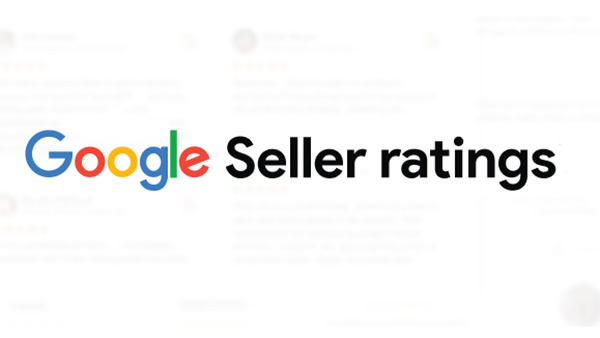Google makes it harder for small companies to compete
Recent weeks have seen Google make changes to the way the Google Seller Ratings (GSR) work, keeping business on their toes and ultimately making it harder, but not impossible, for small businesses to compete.
To qualify for your GSR to appear alongside your PPC adverts, you previously needed to have received 30 unique reviews in the past 12 months with a score of 3.5/5 or above. With the new changes, however, businesses are required to have 150 of these reviews in a 12 month period – a massive and daunting increase, more so for smaller companies who may not complete anywhere near the number of transactions larger companies do.
If gaining 150 reviews is possible for your business, then the star rating could really help you stand out from the crowd, encouraging more potential customers to click on your pay-per-click advert, ultimately reducing your cost-per-click. The Google Seller Ratings can be found on Google and review sites and potential customers know they can trust the quality of those reviews. In addition, so many positive reviews can certainly improve a company’s reputation. However, such a vast amount of reviews will no doubt seem impossible for a smaller company and may demoralise even the most accommodating and helpful organisation.
Google have given some suggestions and recommendations for businesses to increase the number of customers who leave reviews:
-
give your customers excellent service;
-
provide exceptional service on the phone/email/chat etc;
-
offer great speed and quality shipping;
-
read your reviews and be proactive with any negative feedback.
Using this advice does not guarantee a customer leaving a review, of course, although it could encourage them to use you again and recommend you to others.
Click Return are aware of the concern our customers may have with the Google Seller Ratings changes and the effect they may have on their online transactions. We use two of the world’s largest online review companies to gain reviews for our customers and they are also trusted by many well-known companies. These review sites are also on Google’s trusted list of review companies. Contact us today and see how we can make it easier to request reviews from your customers.
Further updates and changes are expected from Google within the next 12 months although it is unclear what these will be. However, we will keep you updated when these are rolled out and be there to assist and advise to keep you one step ahead.

